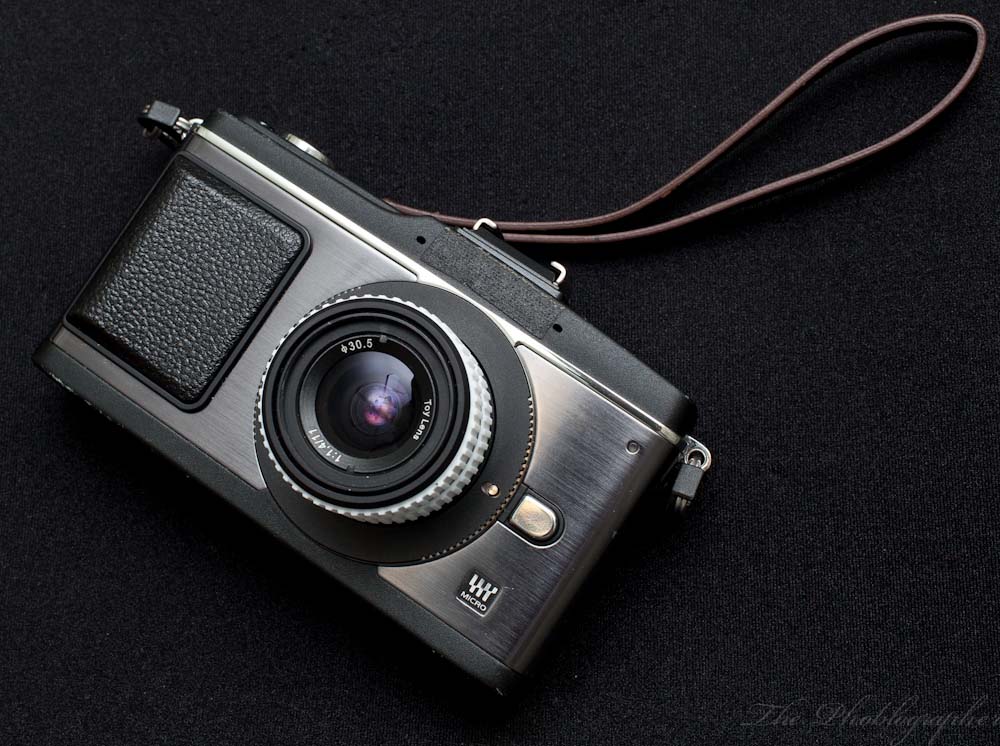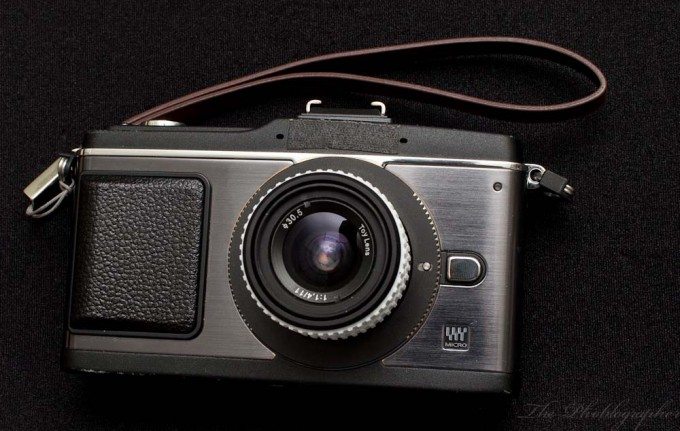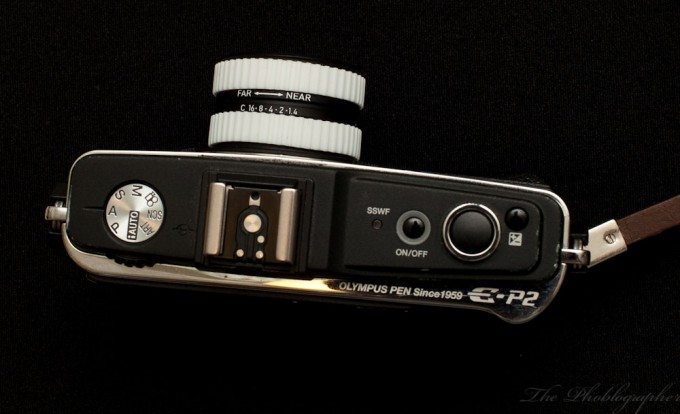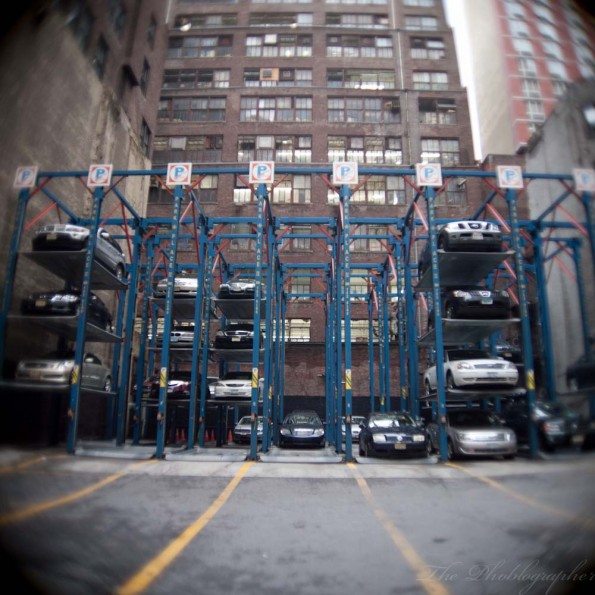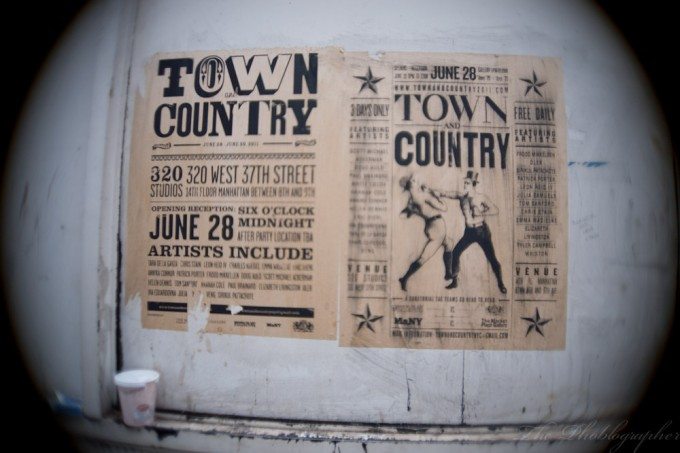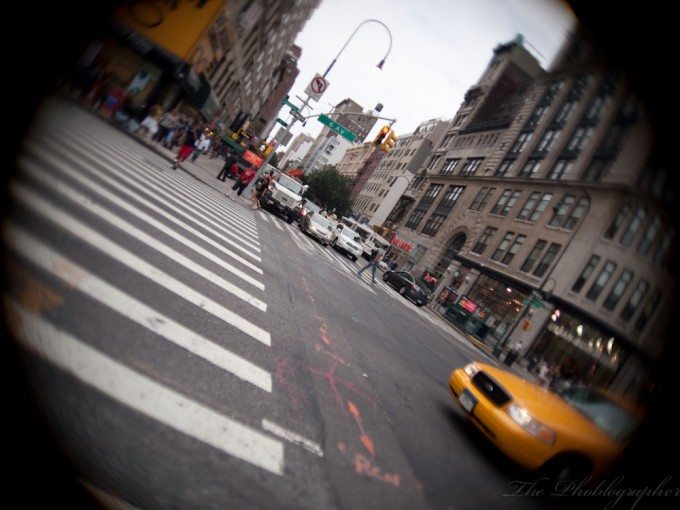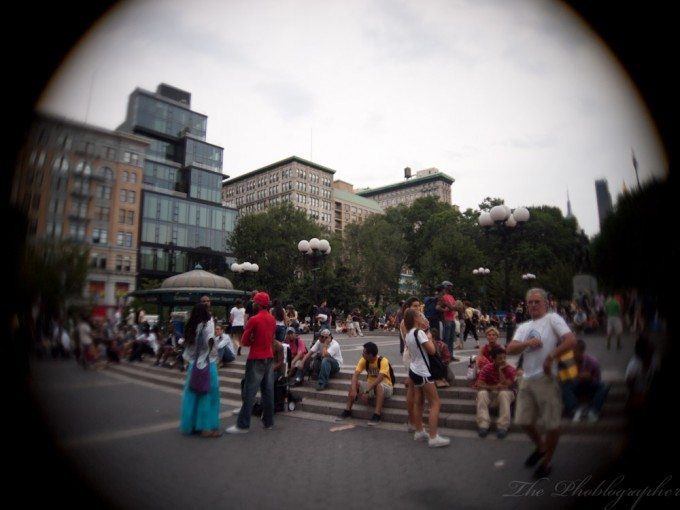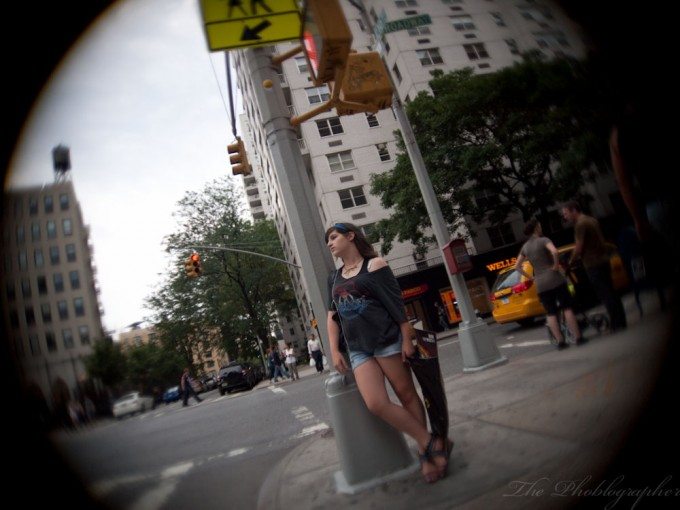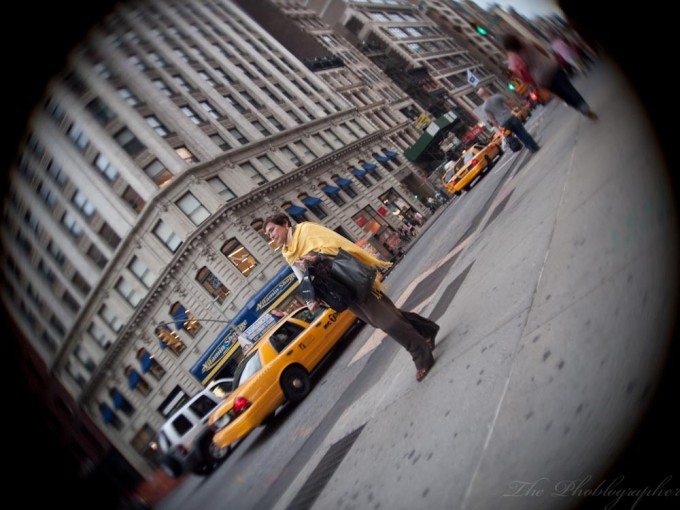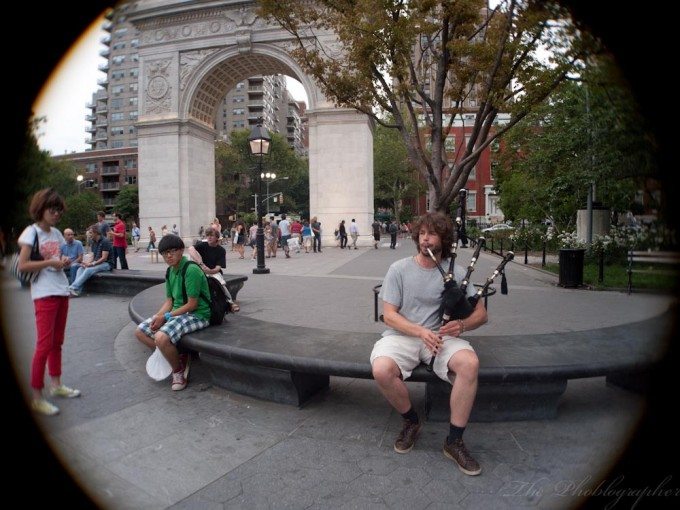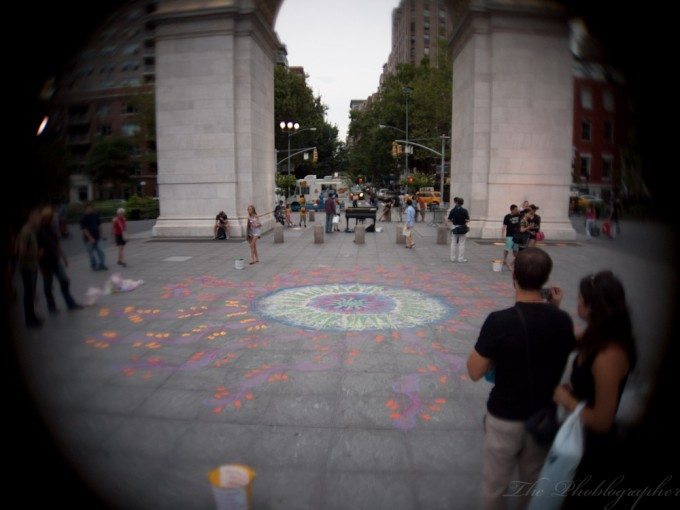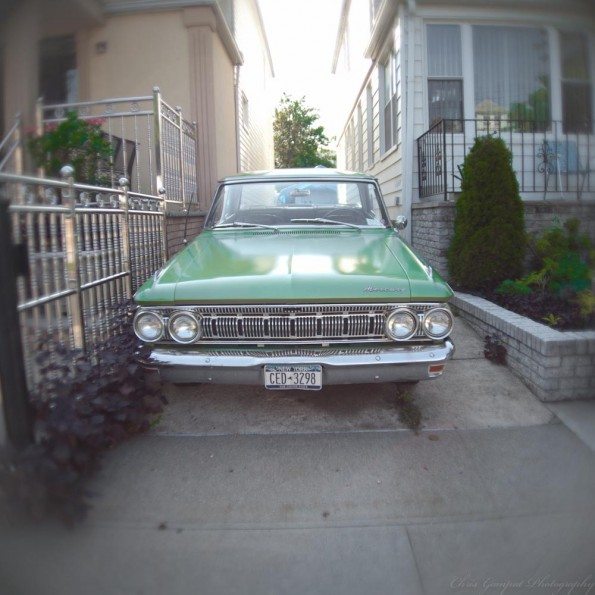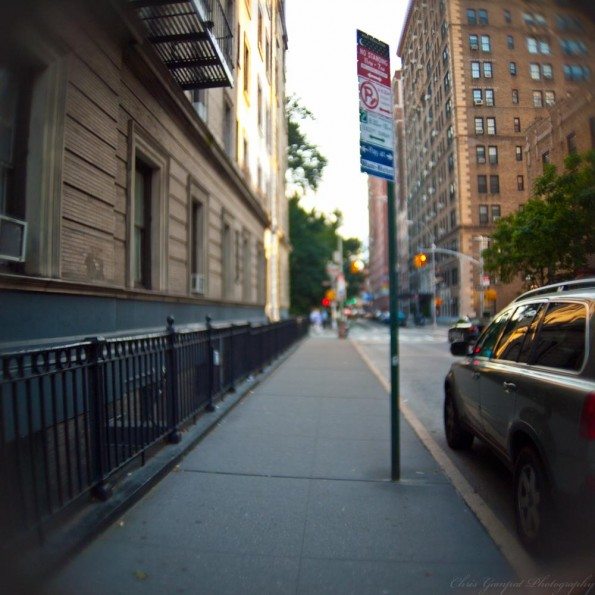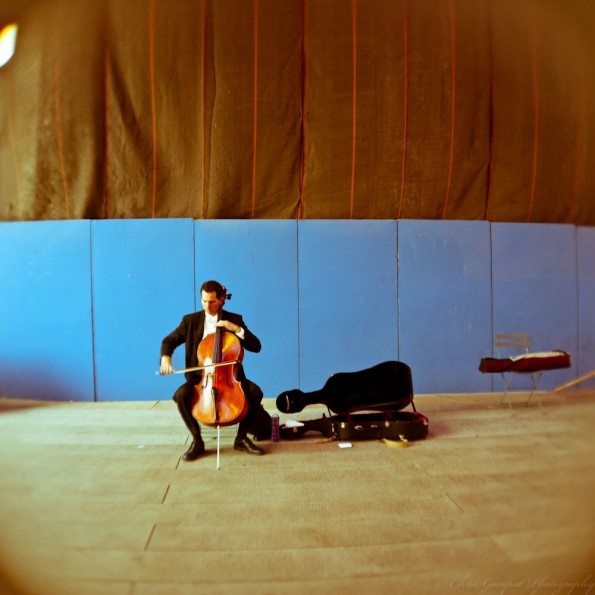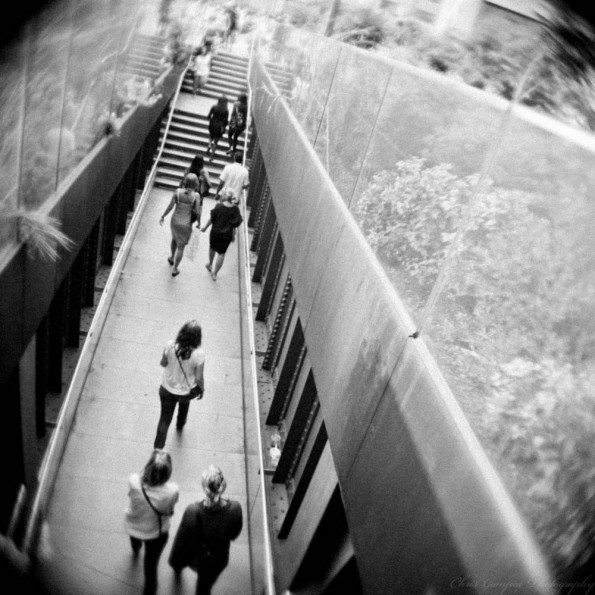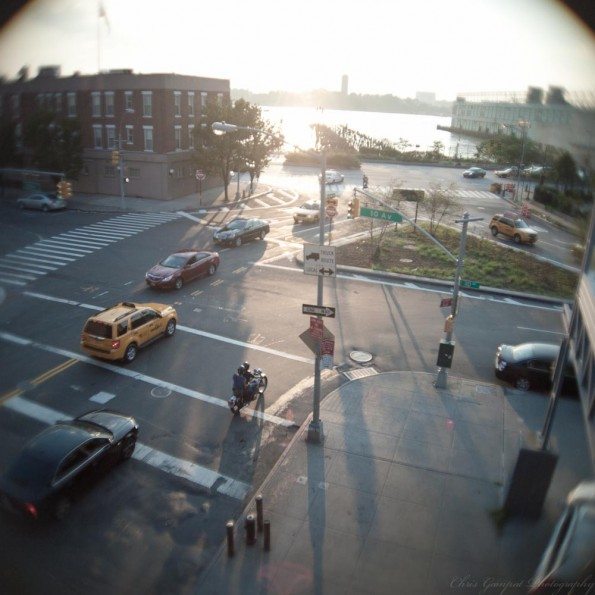Last Updated on 08/26/2011 by Chris Gampat
After the review of the SLR Magic 26mm f1.4 lens, I just had to have more! That came in the form of the SLR Magic 11mm f1.4 for Micro Four Thirds digital cameras. As a much talked about lens all over the web, is it worth the hype?
Gear Used
Ergonomics
The SLRMagic 11mm f1.4 lens is a tiny work of art. It is a remarkably small lens while still giving the user enough gripping room to adjust the aperture and focusing manually. Users with big and small hands alike will find pure delight in using this lens.
Look down at the lens while in use and you’ll be able to determine all of your settings; unlike with company’s still popular 26mm f1.4.
Focusing
The focusing on the 11mm f1.4 is buttery smooth. In comparison, it isn’t as loose as the Olympus 12mm f2 or the SLRMagic 26mm f1.4. In fact, this lens’s focusing dial feels more like a Zeiss lens—which in my humble opinion trump even Leica’s! With this said, it still isn’t hard to focus at all. Being that the lens is already at 11mm (22mm on the Micro Four Thirds cameras) quite a bit is already in focus as you focus outward. Start focusing closer in though, and you’ll see some very creamy bokeh in your images.
Because of this design, I also usually found it almost useless to stop the lens down at all.
In Use
In use, this is an extremely weird lens but extremely awesome if you embrace its quirks. First off, it doesn’t cover the entire sensor, so there will be lots of vignetting. However, that can be minimized by switching from the 4:3 format to something else. Most people also will not be frightened by you when you use it since it’s such a tiny lens.
Here’s a photo shot in the 6:6 square format ratio.
And here is the 3:2 ratio. The vignetting is still visible, but it isn’t terrible.
Here’s a better example of the 3:2 ratio photos.
What I love about this lens is the fact that it is very easy to focus it and still get some decent bokeh due to the construction of the lens. Indeed, I still wish it had a distance scale. With this said, it is almost worthless to stop this lens down at all.
Even at the closest distance and wide open, this lens is still very sharp.
By the way, shooting from the hip is very fun with this lens.
Image Quality
Here are some example images from the lens:
With this lens, my EP2’s color rendering is quite accurate but still slightly saturated.
As stated earlier, there usually isn’t any reason to stop the lens down at all since so much will already be in focus. It’s best to just keep it wide open at f1.4.
Notice how only towards the extreme edges do you start to see swirls in the bokeh. This is unlike the 26mm f1.4.
With that statement said, if you like to center your subjects, this is the lens for you. Though you’ll probably need to work a bit harder to achieve more interesting images.
I really wish that the vignetting wasn’t this heavy on the little SLR Magic lens in the 4:3 aspect ratio. It was only later on in the review that I even thought of changing the aspect ratio.
Now here is where I found the lens a bit weird. Take note of the Foot Locker sign on the left and the rainbow colored bag on the right. Notice how they both seem to be in focus yet they are two completely different distances away from one another. That’s an unusual characteristic, but since this is a toy lens I just embraced it and kept on shooting.
For a lens like this, there is actually very little distortion, and SLR Magic should be heavily praised for this feat. It’s quite hard to pull off.
VS the Olympus 12mm f2?
The absolutely wonderful Olympus 12mm f2 is perhaps my favorite lens from the entire Micro Four Thirds line. However, the SLR Magic lens is not only more affordable, but also has a much faster aperture while keeping the distortion down. With this said, the Olympus 12mm is still a lens with autofocusing capabilities; and that can make things much easier if you have an Olympus EP3 with super fast focusing. If you have the EP2 though, the focusing will be slower. To be honest, manually focusing at that point isn’t even so bad since so much is in focus anyway.
The Olympus lens has a better build quality to it, but is also much larger. In contrast, the 11mm f1.4 is small and has an aperture and focusing ring. However, there is no distance scale, and the vignetting is still quite noticeable.
So which one would I go with? If I had the Olympus EP3, I’d go with the 12mm. However, since I have an older model, I’m quite happy with the 11mm.
Conclusions
Overall, is this an impressive lens? Sure is! In fact, it’s nearly perfect with the exception of the vignetting. If I switch aspect ratios, then the problem goes away; but I don’t always want to shoot in 3:2 or 6:6; I bought a 4/3rds camera because I actually like the 4:3 aspect ratio. Besides, I’ve got a Canon 5D Mk II and 7D that can shoot in 3:2.
Could the lens be improved? Just the vignetting. Otherwise, this is an almost perfect lens for the Micro Four Thirds user that wants to shoot wide. I highly recommend it. If you’re interested in it, you can purchase it here.
Please Support The Phoblographer
We love to bring you guys the latest and greatest news and gear related stuff. However, we can’t keep doing that unless we have your continued support. If you would like to purchase any of the items mentioned, please do so by clicking our links first and then purchasing the items as we then get a small portion of the sale to help run the website.


